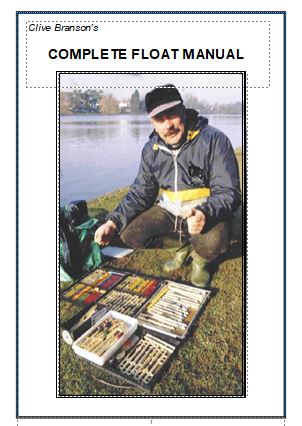🪶 Still Water Pole Floats
Still-water pole floats are designed very differently from those used in running water. Their primary purpose is to offer maximum control and presentation in calm conditions, where precision and sensitivity are key to success.
The foundation of most still-water pole floats is the pear drop, often called the teardrop shape. Its tapered aerodynamic design allows the float to become more sensitive as it’s shotted down into the water. The broader base provides excellent balance and stability, making it ideal for delicate bite detection and accurate bait presentation.
🧪 Modern Materials and Performance
Today’s still-water pole floats benefit from advanced materials such as carbon, glass, polystyrene, balsa, wire, nylon, tungsten, and other modern composites. These innovations have pushed float performance into the 21st century, giving the angler unparalleled precision and control.
🇫🇷 Inspired by the Best
I’ve long believed the French are among the best still-water pole anglers in the world. Their float designs and techniques have inspired not just me, but many great anglers across Britain and beyond.
My own journey — from becoming the first World Champion to win on the British waggler to sharing knowledge internationally — has allowed me to test, compare, and refine countless floats over the years. Now, I’m proud to pass on that knowledge to you in this easy step-by-step guide.
🧭 Technique and Application
Even the best float is only as good as the angler using it. Understanding how to shot your float correctly, how to feed effectively, and how to read subtle indications can make all the difference on still water.
Combine sound technique with a positive mindset, and you’ll not only catch more fish — you might just find yourself on the path to becoming a future champion.
Click links below:
STILL WATER PEAR
STILL WATER REVERSE PEAR
COMMERCIAL FLOATS
Now available in paperback: The Complete Float Manual. Over 169 pages of content
Click on the book to order from Amazon

📘 Download the Complete Float Manual – Instant Access
Bring decades of float-fishing knowledge straight to your screen.
Written by World Champion Clive Branson, The Complete Float Manual is a 167+ page eBook packed with practical techniques, classic float designs, diagrams, and championship-winning methods.
✅ Learn how to use wagglers, stick floats, pole floats and more
✅ Discover the history and evolution of float fishing
✅ Get pro tips and tactics used at the highest level
✅ Ideal for beginners and experienced match anglers alike
💻 Instant Download (PDF) — no waiting, no shipping
💳 Secure checkout with PayPal
👉 Order now and start reading within minutes.